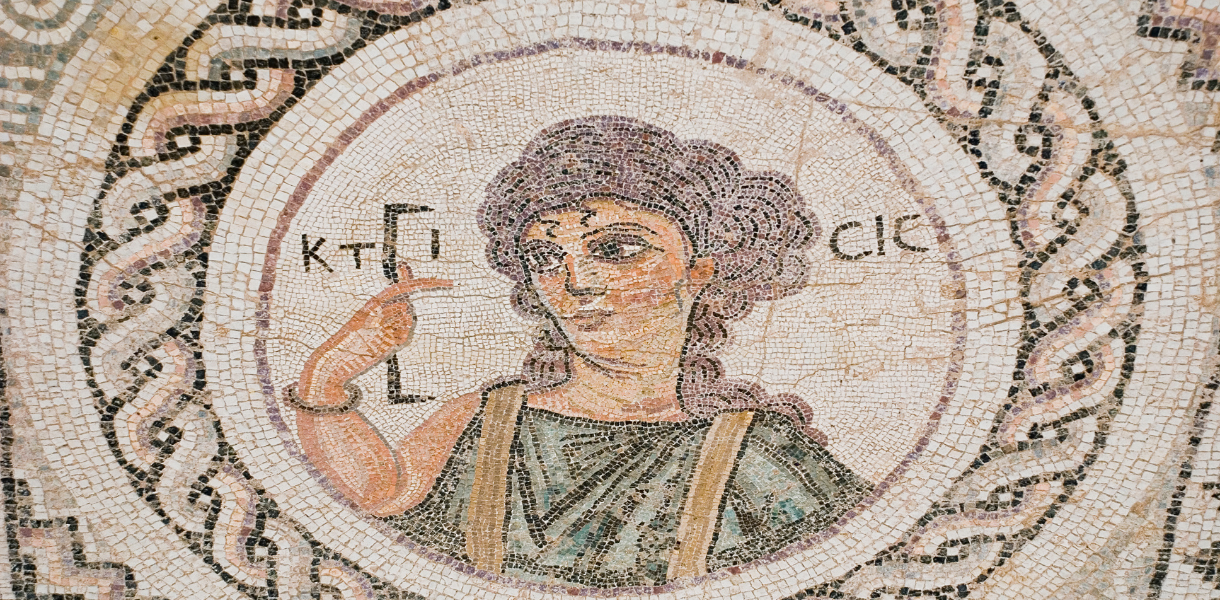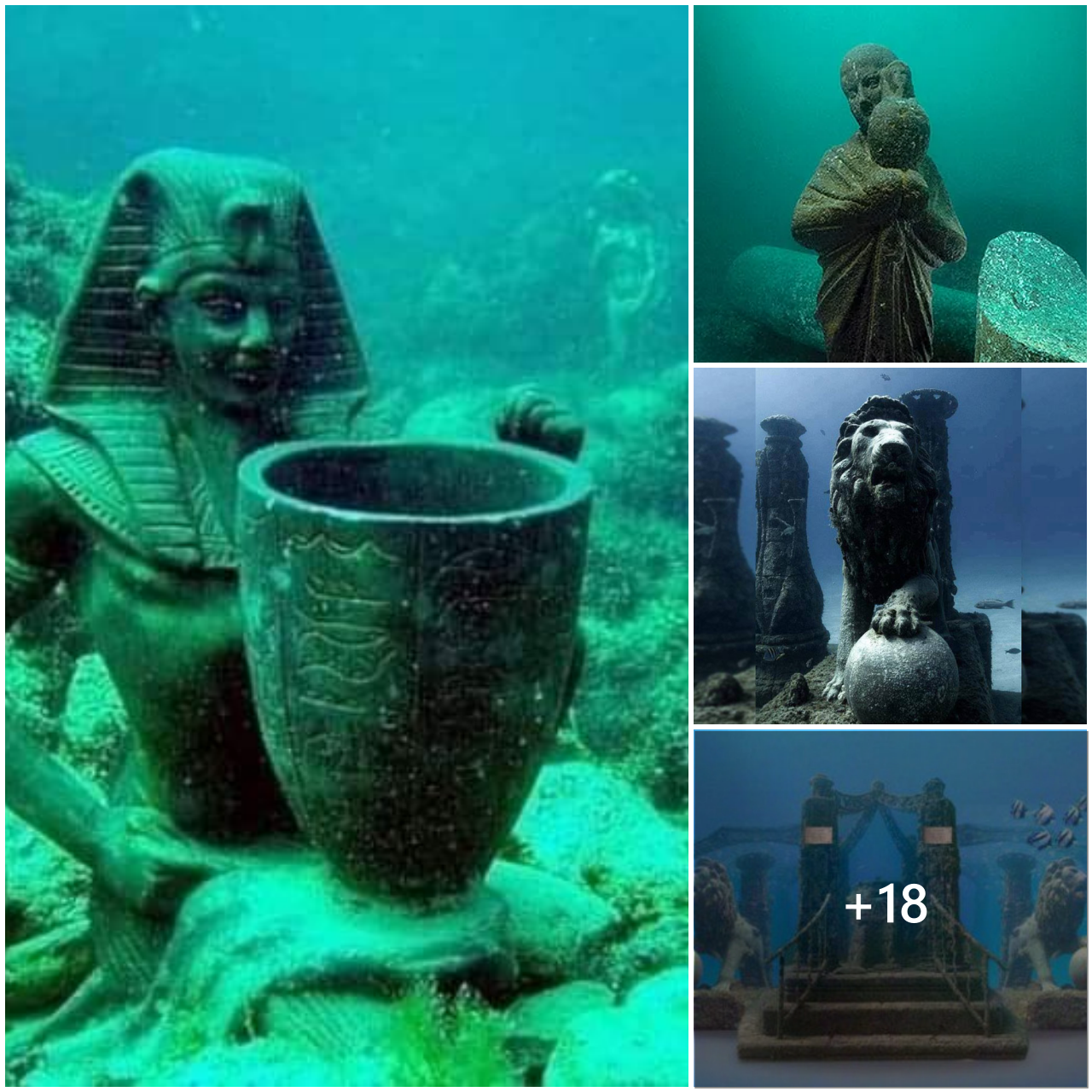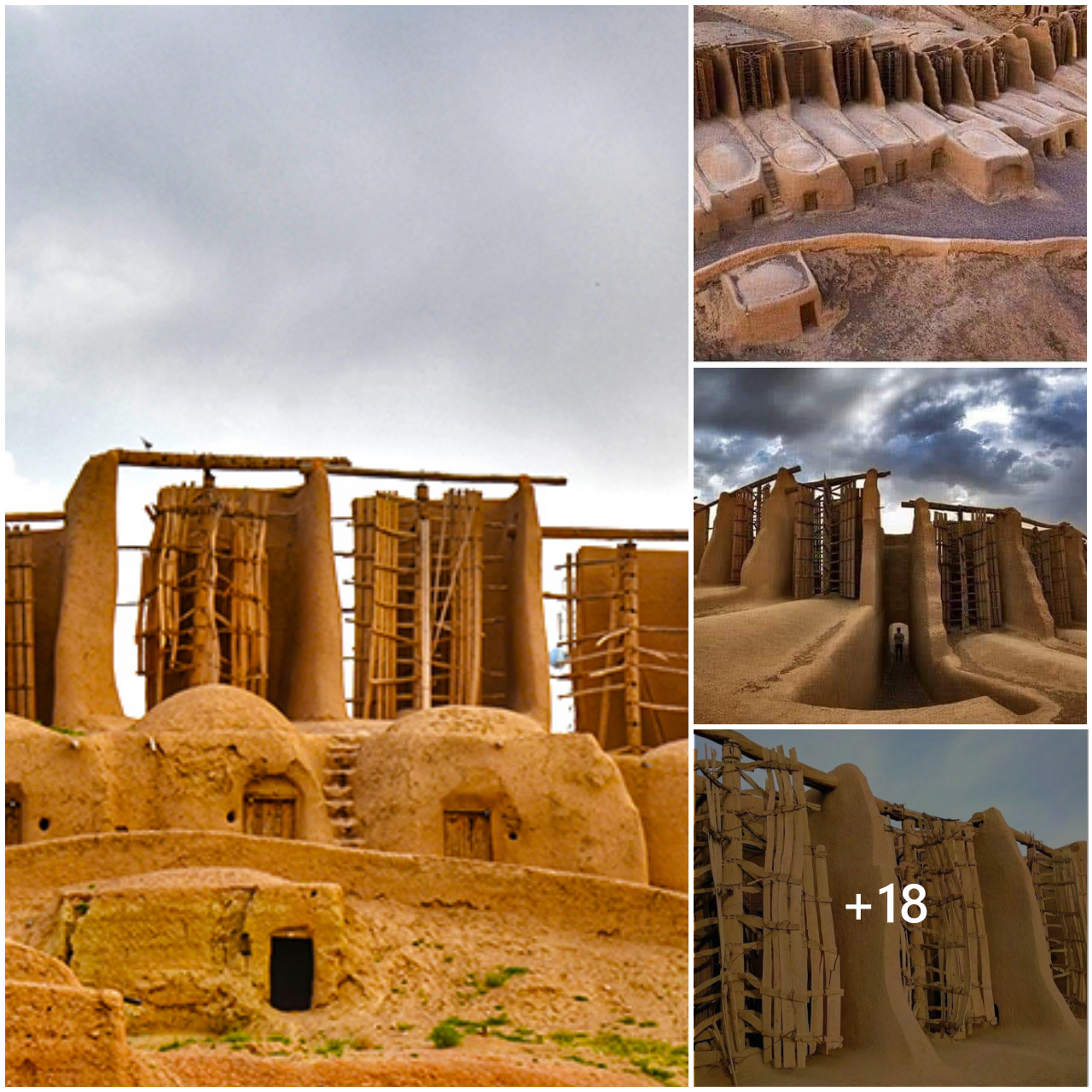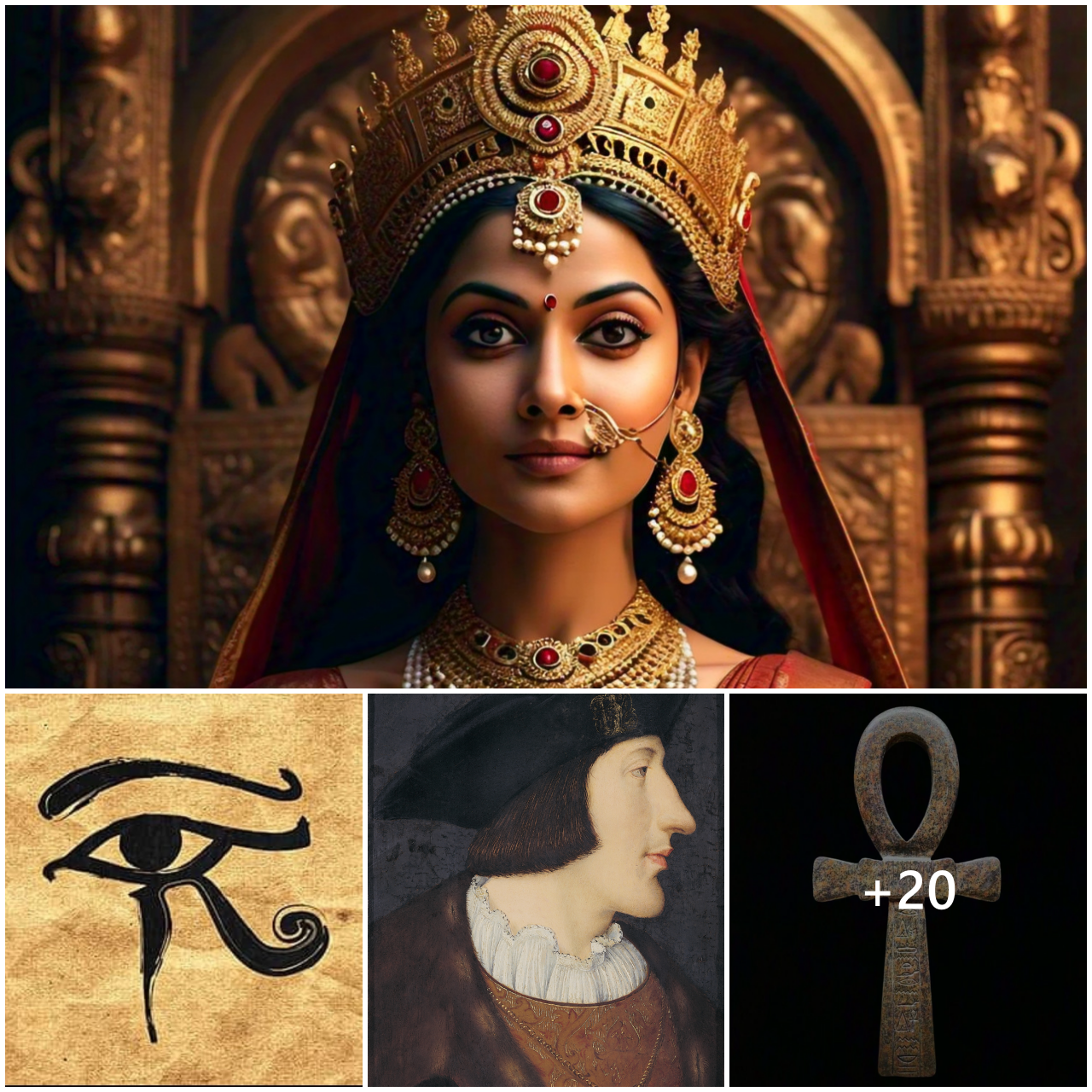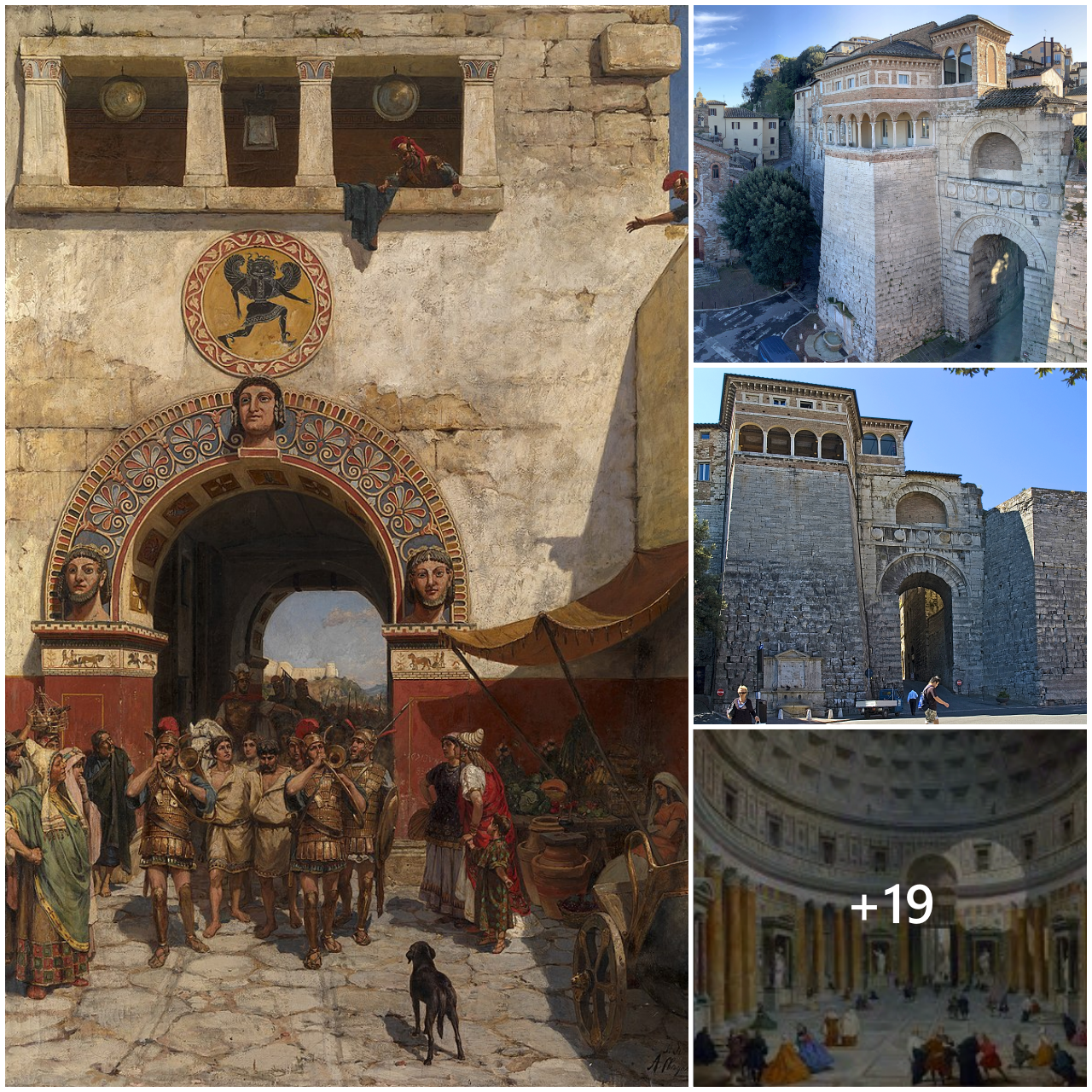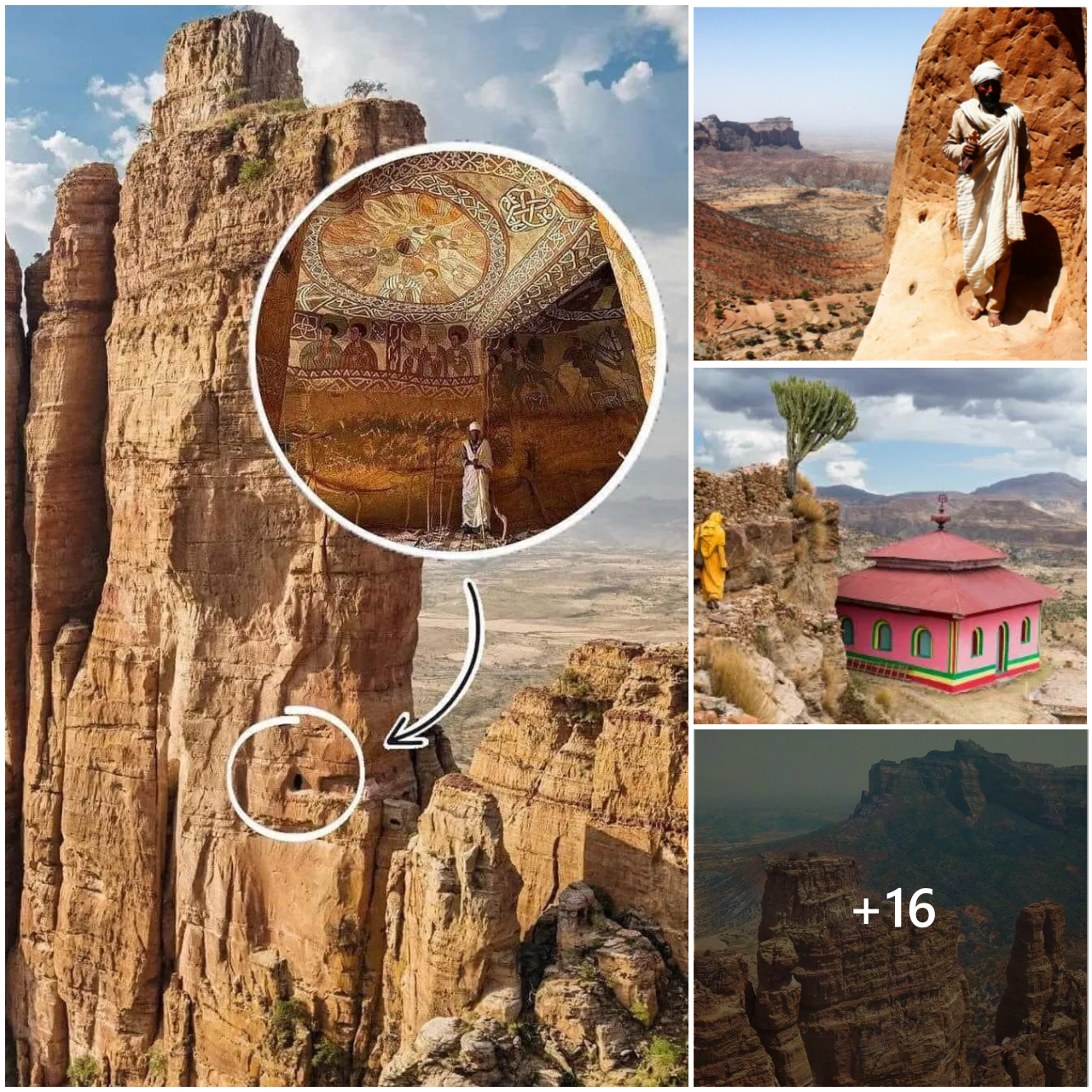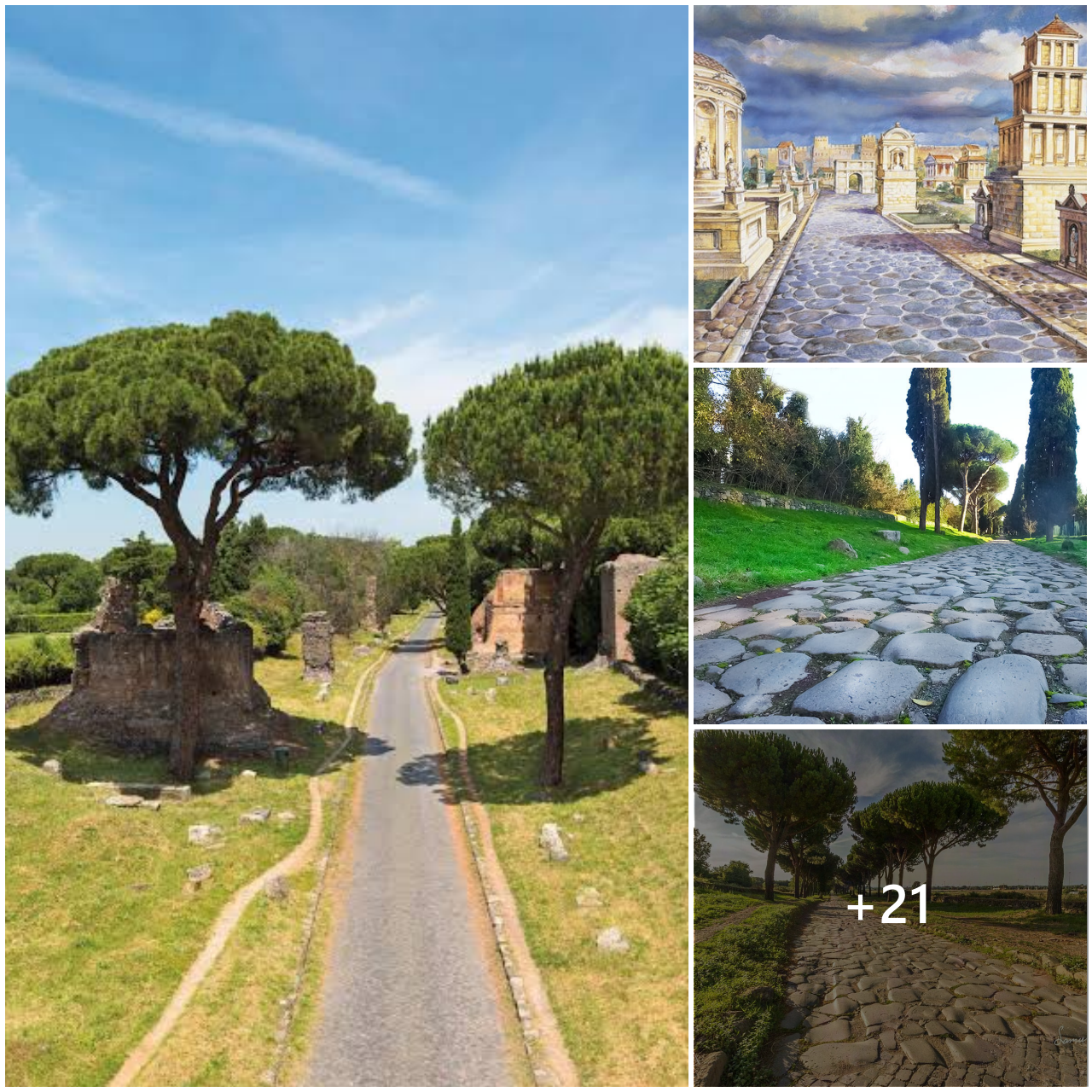The General Directorate of Antiquities and Museums, a Syrian government agency, discovered the 20m x 6m mural in Rastan, a town in central Syria near Homs, a key Syrian battleground in the civil war .
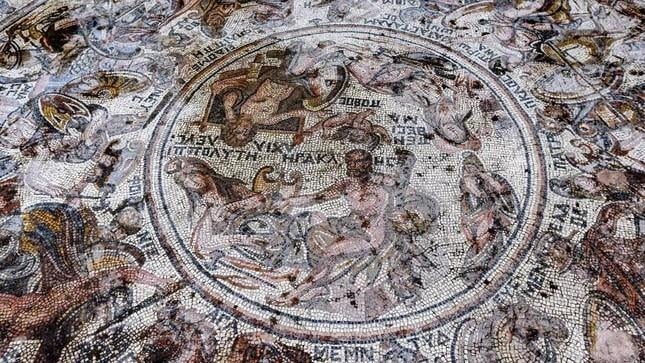
The mural is well preserved – carefully made in ancient times with colorful stones, each only 1.2 x 1.2 cm across. This treasure was found in a building held by rebels until 2018, when Syrian government troops recaptured the town. The ancient ruins under the building are still being excavated.
“We cannot determine what kind of building this is, whether it is a public bath or something else, because we have not yet completed the excavation,” said Humam Saad, deputy director of excavations and research. Syrian archeology said.
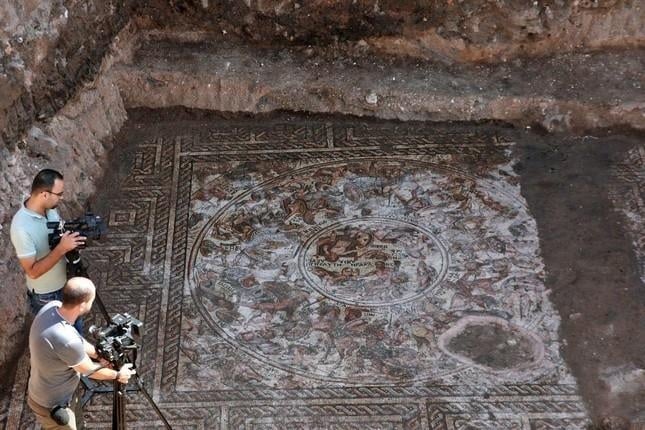
According to Saad, this mosaic is not the oldest, but the most complete and rarest. This mural is a rare, richly detailed discovery and is Syria’s most important archaeological work since the “Arab Spring” civil war began in 2011.

The mural dates from the fourth century AD, after the Western Roman Empire split from the Eastern Roman Empire (also known as the Byzantine Empire). Businessmen from Lebanon’s Nabu Museum initially purchased the building, then donated it to the Syrian state.
The mural depicts the Trojan War, a legendary battle between the Greeks and Trojans in ancient Troy (modern-day Turkey), as described in the epic “The Iliad” and “The Odyssey” by Homer.
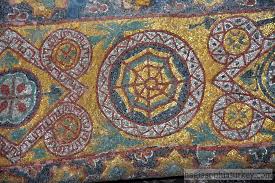
The painting also shows the god Hercules killing Hippolyta, queen of the Amazon warriors, after he took her as the ninth of his 12 concubines.
Many Syrian artifacts have been destroyed and looted during the 11 years of conflict. During the excavation process, this mosaic faced a not very bright future. Because there were armed groups that tried to sell the mosaic in 2017 and listed it on social media platforms.
